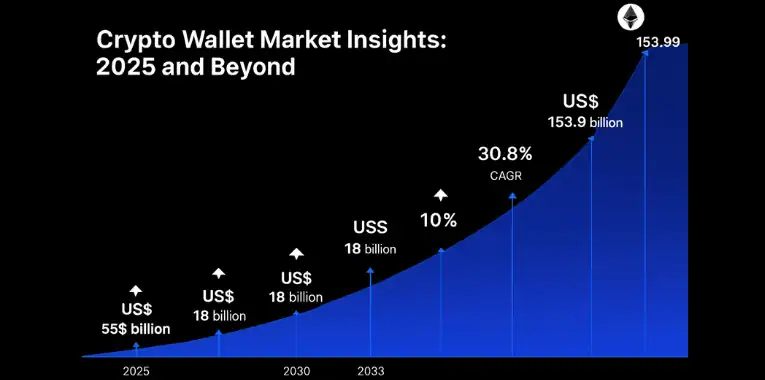Cryptocurrency Wallet Development Company
We deliver secure scalable and high performance crypto wallet solutions for startups fintech and enterprises. Our cryptocurrency wallet development services combines AI intelligence usability and enterprise grade security to help Your businesses .
Free consultation • No commitment
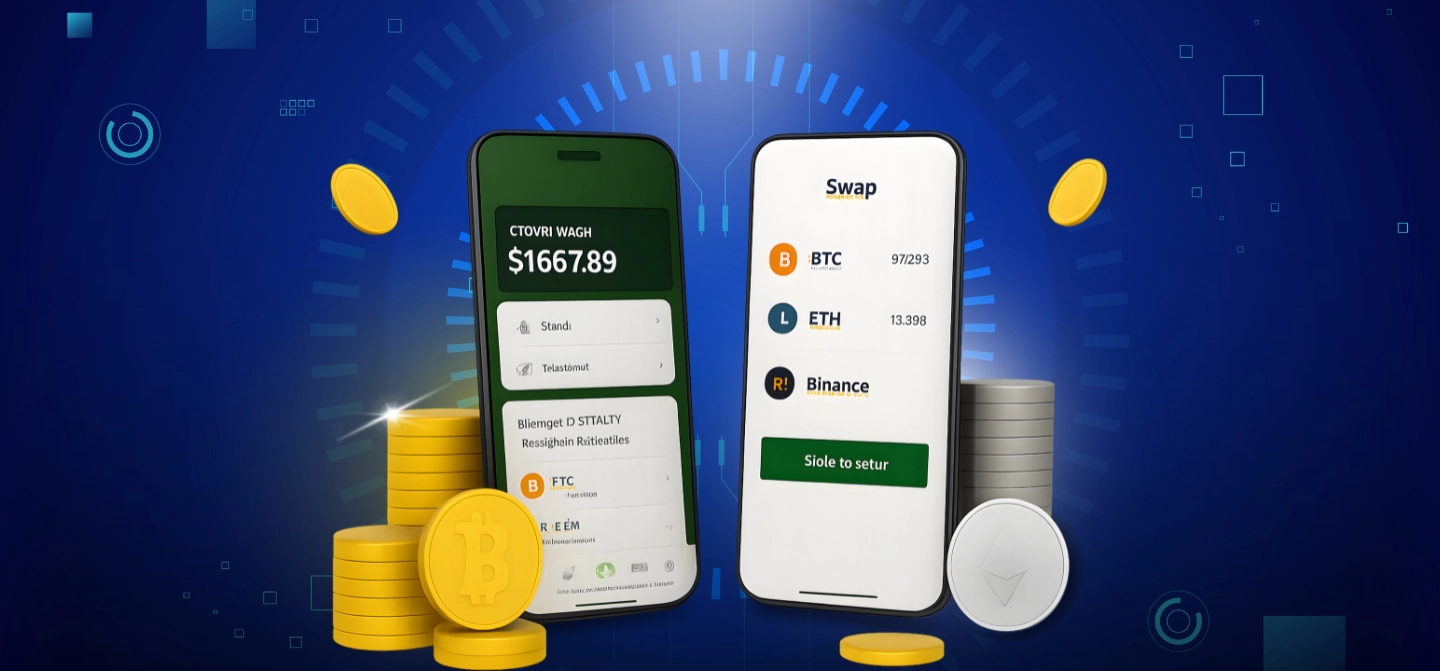
Trusted by Leading Blockchain Innovators
Our Advanced Crypto Wallet Development Services
As a top cryptocurrency wallet development company, we specialize in delivering cutting-edge, reliable, advanced and user centered wallet platforms with the help of artificial intelligence to transform the digital financial environment.
AI-Based Cryptocurrency Wallet Solution
Crypto Wallet Consulting
White Label Cryptocurrency Wallet
NFT Wallet Development
Multi-Currency Crypto Wallet Development
Web3 Wallet Development
Cryptocurrency wallet App development
MPC Wallet Development
Tron Wallet Development
Non-Custodial Wallet
Browser extensions
Multi-Chain Wallet Development
Bitcoin Wallet Development
Mobile Wallet Development
Centralized Wallet Development
Decentralized Crypto Wallet
Ethereum Wallet Development
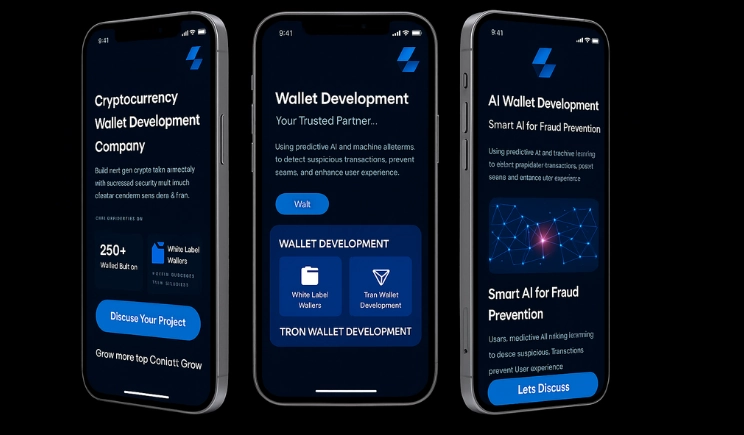
Benefits of Our Cryptocurrency Wallet Development Solutions
Our cryptocurrency wallet development services that focus on security, scalability, and support for multiple blockchain networks. Our solutions improve user experience, strengthen asset security, and facilitate quicker transactions, enabling businesses to create robust and forward-looking crypto wallet app development services.
Integration
Our blockchain wallet development company guarantees seamless integration with exchanges, decentralized finance (DeFi) platforms, and payment gateways delivering seamless integration and scalability through professional crypto wallet solutions.
Revenue Streams
Create new revenue opportunities through complete crypto wallet development for transaction fees, staking, and token swaps that allow businesses to earn sustainable revenue from their secure cryptocurrency wallet ecosystems.
Growing Market
With blockchain technology gaining momentum worldwide we build cryptocurrency wallet app development solutions that will allow businesses to take advantage of multiple verticals in digital finance with innovative scalable crypto wallets.
Customization
We provide custom interfaces, blockchain interoperability functionality through our crypto wallet services that are customizable to suit many business models and user profiles.
Advanced Security Frameworks
Within cryptocurrency wallet we incorporate multi-factor authentication, encryption, and security threat detection to protect a user’s digital assets while maintaining enterprise-level security for wallet systems.
Optimized User Experience
We provide intuitive interfaces, seamless navigation and quick-performing wallets to ensure a high-value user experience for all users from our wallet development company.
Adaptable Framework
We create frameworks for cross-chain crypto wallet development specifically with adaptable frameworks with ensuring fast performance, easy upgrades, and adaptability for scaling against high transaction volume across multiple blockchain networks.
Full Lifecycle Management
From idea generation to maintenance after launch, our crypto wallet provides continuous optimization, adherence and support across the entire crypto wallet lifecycle.
Accelerated Market Entry
Speed up your timeline for launch and entry into the market with white label crypto wallet development and avoid the pain of custom development and still get a tailored, white label solution that meets your specifications of speed, price and functionality.
Robust Security and Global Compliance for Crypto Wallet Development
A reputable crypto wallet development company guarantees robust security by combining advanced encryption, secure key management, and multilevel authentication. Crypto wallets are secure, compliant, and ready to use worldwide by adhering to solutions in accordance with worldwide standards.
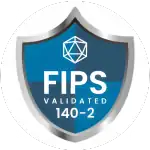
FIPS 140-2

FCA (Financial Conduct Authority – UK)

ISO/IEC 27001

SOC 2 Type II

PCI-DSS

GDPR (General Data Protection Regulation)

NIST

MAS (Monetary Authority of Singapore)
Why Choose Us for Secure Crypto Wallet Development
At Nadcab Labs, innovation meets reliability. As a prominent Cryptocurrency Wallet Development Company, we provide wallet solutions that are secure, scalable, and high-performing. Our Tech team is well versed in blockchain, AI, and fintech which makes developing advanced but user-friendly wallets possible, and we do it by providing unrivaled crypto wallet development services.
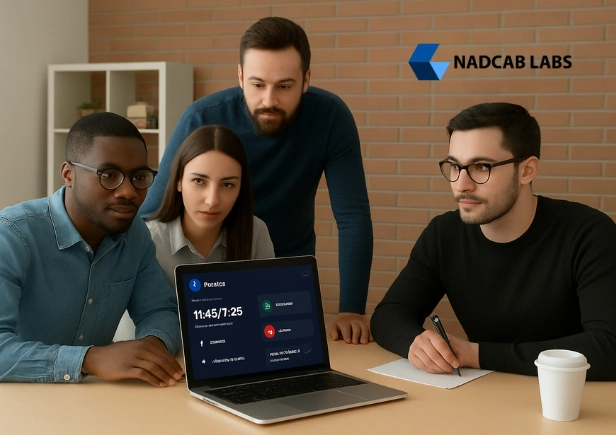
Expert wallet Development Professionals
Partner with a team of experienced wallet developers who have successfully delivered 250+ wallet projects across Ethereum Tron BNB Chain Polygon and Solana. Our developers bring deep technical expertise ensuring your wallet is built with precision scalability and compliance at its core setting the foundation for growth and performance.
Secure and Scalable Wallet Solutions
Security drives everything we build. Our wallets are fortified with MPC encryption biometric authentication and KYC/AML compliance to ensure complete asset protection. With advanced backup systems real-time monitoring and scalable cloud infrastructure Nadcab Labs delivers cryptocurrency wallet App development solutions that perform reliably under high transaction volumes.
Continuous Monitoring and Compliance Assurance
We go beyond development to ensure long term wallet stability and compliance. Every wallet undergoes rigorous testing ongoing updates and adherence to international standards including GDPR, PCI, DSS and ISO security benchmarks guaranteeing a safe regulation ready platform.
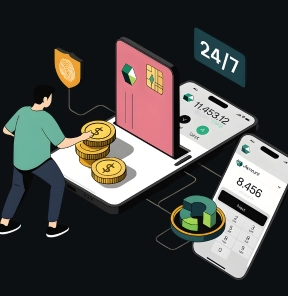
Reliable 24/7 Technical Support
Our commitment doesn’t end at deployment. Nadcab Labs offers round the clock support to address technical challenges upgrades and scalability needs. Our dedicated support team ensures your wallet runs securely efficiently and without interruptions so your users always stay connected.
Cryptocurrency Wallet Development Highlights of Our Proven Work
See how our cryptocurrency wallet development expertise has helped startups and enterprises turn bold ideas into high-performing platforms. From crypto trading platforms to Web3 tools, these success stories speak for themselves.
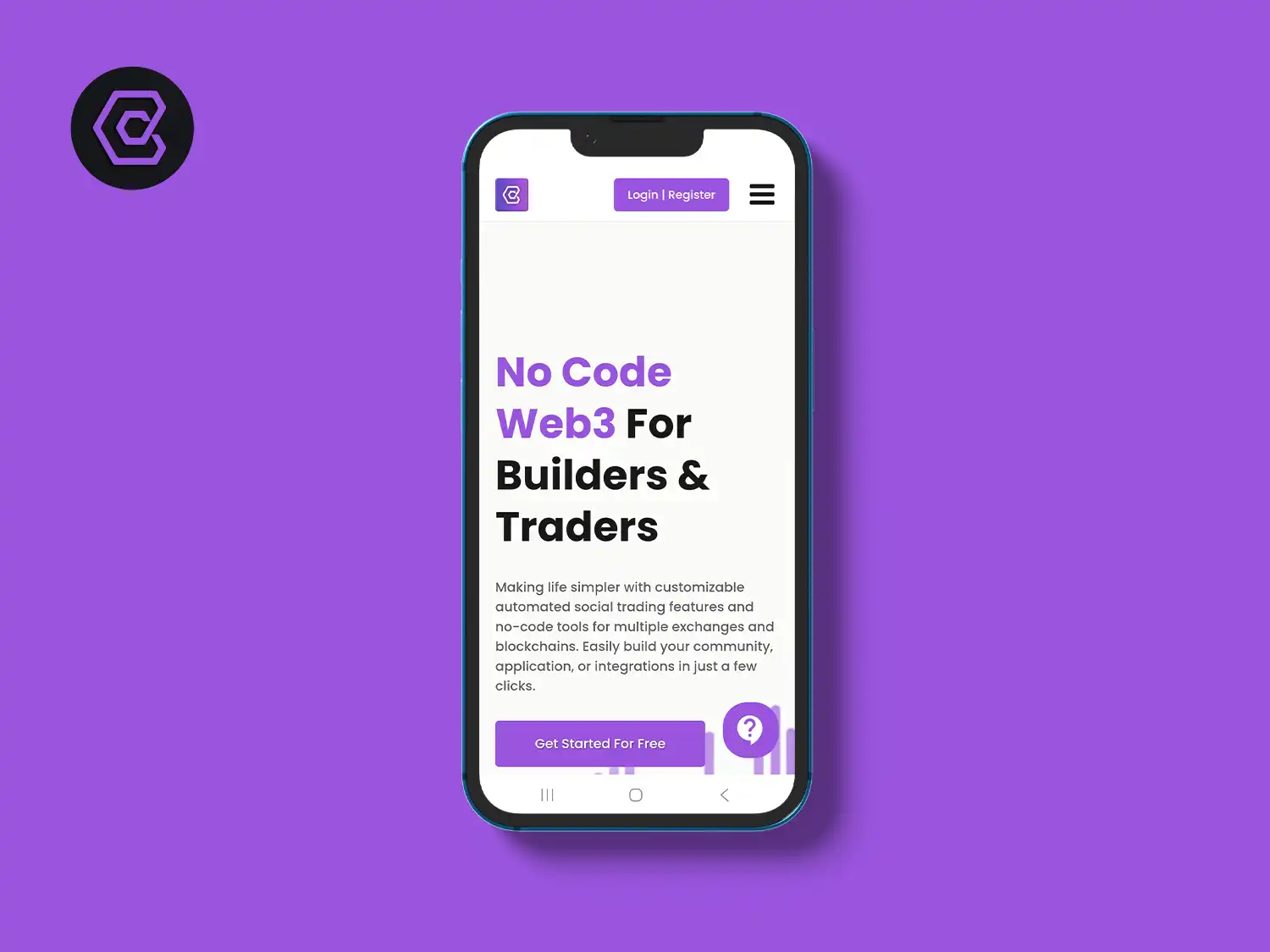
Compendium Automated Crypto Trading Development
Compendium offers cutting-edge automated trading tools and customizable strategies for all market conditions. Enhance your crypto trading experience now.
View Case StudyCrypto Wallet Solutions Across Key Industries
Our crypto wallet development services enable various sectors, including finance, healthcare, real estate, education, and eCommerce, to engage in secure transactions. We offer multi-chain asset management and AI-driven scalability, providing dependable crypto wallet solutions tailored to meet a wide range of business requirements.
Fintech & Banking
Secure crypto wallet empowers fintech and banks to manage digital assets enable seamless payments and deliver scalable AI-integrated cryptocurrency wallet solutions efficiently.
Gaming & Metaverse
Crypto wallet apps support in-game transactions NFT ownership and tokenized rewards providing secure multi-chain and user-friendly blockchain wallet solutions for gaming and metaverse ecosystems.
Real Estate & PropTech
Crypto wallets based on blockchain technology simplify property tokenization secure payments and proof of asset ownership offering scalable and secure digital wallet development solutions for real estate businesses.
Healthcare & Pharma
Crypto wallet applications secure sensitive health records and enable safe payments in medical and pharmaceutical ecosystems powered by blockchain technology and enhanced with AI-driven features for reliability.
Supply Chain & Logistics
Multi chain crypto wallet development track product, verify transactions, and ensure transparent payments, providing secure, scalable, and enterprise-level development of crypto wallets for supply chains.
E-commerce & Retail
Digital wallet enables secure crypto payments manages loyalty tokens and supports multiple currencies with scalable AI-powered multi chain cryptocurrency wallet development company for online retail businesses worldwide.
Government
Government agencies and public institutions can enable secure cryptocurrency transactions and digital identity management through cross-chain crypto wallet development powered by advanced AI technology for enhanced transparency and scalability.
Education & eLearning
Crypto wallet solutions enable token-based student identification, scholarship payments and certifications managing student identity on blockchain through secure, scalable and AI-powered crypto wallet solutions for educational platforms.
Fintech & Banking
Secure crypto wallet empowers fintech and banks to manage digital assets enable seamless payments and deliver scalable AI-integrated cryptocurrency wallet solutions efficiently.
Gaming & Metaverse
Crypto wallet apps support in-game transactions NFT ownership and tokenized rewards providing secure multi-chain and user-friendly blockchain wallet solutions for gaming and metaverse ecosystems.
Did You Know These Facts About Crypto Wallets?
Crypto wallets are the gateway to blockchain transactions allowing users to securely store send and receive digital assets without relying on banks or intermediaries.
Private keys give users full control over their funds ensuring complete ownership and eliminating third party risks.
Non-custodial wallets offer ultimate security as only the wallet owner can access their assets not even the service provider.
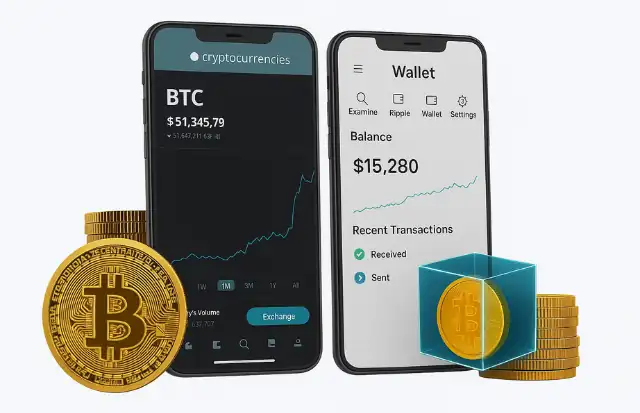
Supported Platforms for Cryptocurrency Wallet Development
Our cryptocurrency wallet development services support Web, Android, iOS and Desktop platforms delivering secure, scalable and user-friendly crypto wallet solutions for seamless digital asset management worldwide.
















Tech Stack We Trust to Build Secure Crypto Wallets
We use a trusted tech stack for cryptocurrency wallet development services integrating blockchain frameworks encryption protocols and multi-layer security. Our crypto wallet solutions ensure scalability, transparency and protection empowering businesses with secure, efficient and high-performing digital wallet applications for global users.
Blockchain Frameworks
Wallet Standards & Protocols
Wallet Frameworks & SDKs
Security & Cryptography
Storage & Key Management
Mobile & Frontend Frameworks
Database & Backend
Payment Gateway & Exchange Integration
Testing & QA Tools
Analytics, Monitoring & Reporting
AI-Powered Intelligence for Smarter Cryptocurrency Wallet Development Company
AI-driven innovation is revolutionizing crypto wallet development transforming traditional wallets into intelligent, secure and data-driven ecosystems.
Predictive analytics enhance digital asset management and transaction insights.
Smart automation improves scalability, performance and user experience.
AI-powered crypto wallet development solutions ensure stronger security fraud detection and real-time.
monitoring empowering businesses with smarter, faster and more reliable digital wallet performance.
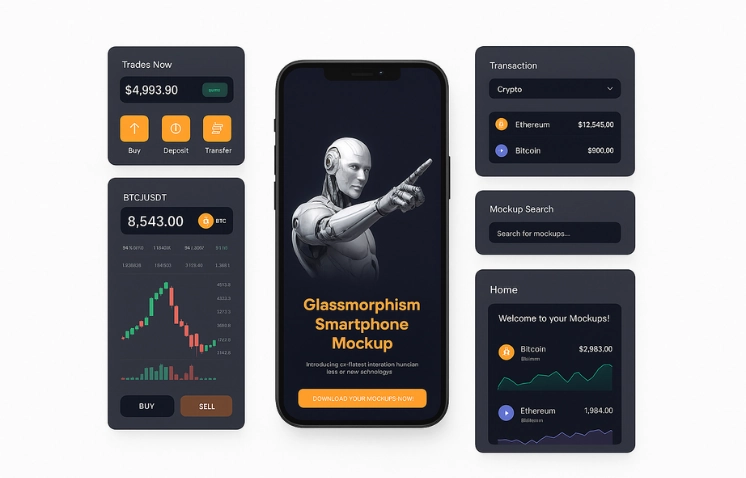
Our Proven Process Behind Delivering Advanced Crypto Wallet Solutions
At Nadcab Labs a leading crypto wallet development company we follow a proven and structured development framework to deliver secure, scalable and high performance wallet solutions. Our approach ensures every crypto wallet is engineered with precision, industry grade security and seamless user experience setting a strong foundation for trust and long term growth.
Ready to take your business to the next level with our crypto wallet development ?
Accelerate your growth with secure, scalable and AI-powered crypto wallet development solutions that simplify digital asset management enhance transaction transparency and build long-term customer trust in the evolving world of decentralized finance.
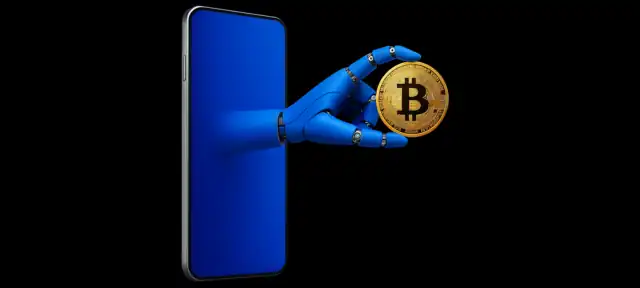
Awards That Reflect Our Innovation in Wallet Development
Recognized as a top cryptocurrency wallet development company Nadcab Labs has received multiple awards for blockchain innovation user, experience and enterprise-grade security.






Get a Custom Quote for Your Crypto Wallet Development Project
We take a strategic approach to delivering tailored cryptocurrency wallet development services. Our team analyzes your business objectives, security needs and technology stack to provide an accurate flexible cost estimate.Key Factors Influencing Wallet Development Cost
Feature Complexity Analysis
Security and Compliance
Platform Integrations
Blockchain and Tech Stack

Frequently Asked Questions
A cryptocurrency wallet app securely stores, sends, and receives digital assets such as Bitcoin and Ether while handling both sets of keys to secure user funds. All transactions occur on the blockchain for maximum transparency and reliability. As a trusted specialist in cryptocurrency wallet app development, we deliver wallet solutions that provide strong security, ease of use, and efficiency in managing digital assets.
It creates secure crypto wallet applications for individuals and businesses that integrate access to public blockchain networks for secure digital asset access. It manages private keys within the wallet with high-security protocols, allowing users complete control and security over their holdings. These offerings are tailored to fit requirements for personalized cryptocurrency wallet development with a focus on usability and security.
Crypto wallet app Development services does not hold coins; it generates a private key that allows users to connect to the assets they own on the blockchain. When anybody sends or receives cryptocurrency, the wallet verifies and completes the transaction by communicating with the blockchain. As an established cryptocurrency wallet development company, we make sure these operations are secure, efficient, and smooth as possible for each user.
We offer Web Wallets that operate directly in the browser and allow for easy and secure access to crypto assets. Our Mobile Wallets are designed for iOS and Android with an optimized user experience that feels seamless and high-performing. For users who wish to take their crypto assets offline, we provide robust Desktop Wallets with sophisticated security. We also offer DeFi & Multi-Chain Wallets as well as White Label Crypto Wallet Development with complete customizability to aid businesses in quickly launching a powerful wallet platform.
On average, it takes 4 to 6 weeks to build a basic wallet and 8 to 12 weeks for a more advanced wallet that includes integrations that are customized for a client. The timeline depends on the blockchain, the technology stack or platform, and the general complexity of the wallet project. All of these criteria will dictate the delivery timeframe of any cryptocurrency wallet development.
Ethereum, Binance Smart Chain, Polygon, Tron, and Solana act as popular blockchain networks, whereas programming stacks such as Node.js, React, Python, and Web3.js provide robust wallet capabilities. Advanced security protocols like MPC, AES, and two-factor authentication provide a robust layer of security for the digital assets within the wallet. Our team has expertise in Crypto wallet application development and merging all these technologies in a way that the wallet we produce is secure, scalable, and high performing as you would expect.
Absolutely, our white-label cryptocurrency wallet development solutions offers off-the-shelf wallet solutions that are fully customizable and can be quickly deployed. Our wallets support multiple blockchain networks, have DeFi functionality built-in, and provide smooth and secure digital asset management. With an emphasis on scalability, performance, and reliability, our solutions allow businesses to deploy executive class platforms without downtime. Our wallets are designed to maximize performance, increase security, and provide smooth user experiences. Overall, our white-label wallet solutions give businesses the ability to quickly and efficiently build secure, scalable, and feature-rich digital asset platforms!
In the case of small wallets, costs tend to run from $20K to $40K, while multi-chain or DeFi wallets would generally be in the range of $50K to $80K+, which can depend on a number of factors such as design complexity, user interface requirements, which platform or technology stack is utilized and specific features that are included. In the end, the overall cost depends on the scope or functionality provided by the wallet development company, where each component, whether it be performance or security, meets the requirements of the project at the end.
As an established Crypto Wallet Development Company, we create safe, scalable, and feature-rich wallet solutions for all business needs. Our team offers advanced multi-chain wallet builds with functionalities, including staking, swapping, DeFi features, and increased security. Our first priority to create a powerful, safe, efficient crypto wallet is a user-centered approach, and we tailor it to each client. We make sure our clients are ready for the future of digital finance.
When selecting Aalpha for your cryptocurrency wallet development solutions, you are guaranteed that our team possesses excellent technical skills, robust security practices, and proven expertise in developing high-performance blockchain products. We focus on providing highly customized, scalable, and user-first wallets that meet industry standards, with a specific focus on the three core tenets of quality, innovation, and timeliness in delivery. Aalpha’s Cryptocurrency Wallet Development Services are reliable, safe, powerful, and future-oriented.
Crypto Wallet Market Insights 2025 and Beyond
The global crypto wallet market is projected to reach US$ 4.18 billion in 2025 with a CAGR of 29.8% through 2035.According to Global Growth Insights the market could hit US$ 18 billion in 2025 growing to US$ 153.9 billion by 2033 (CAGR 30.8%).Grand View Research estimates a CAGR of 26.3% from 2025 to 2033 with the market reaching US$ 100.8 billion by 2033.
Contact with Us